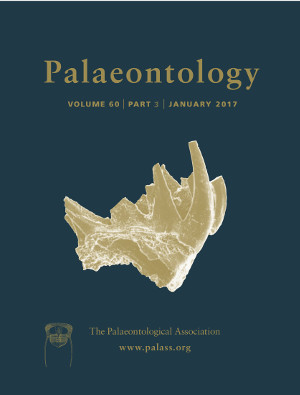Reg. Charity No. 1168330

Laboratory experiments documenting the decomposition pattern of extant organisms are used to reconstruct the anatomy and taphonomy of fossil taxa. The subclass Graptolithina (Hemichordata: Pterobranchia) is a significant fossil taxon of the Palaeozoic era, represented by just one modern genus, Rhabdopleura. The rich graptolite fossil record is characterized by an almost total absence of fossil zooids. Here we investigated the temporal decay pattern of Rhabdopleura sp. tubes, stolons and single zooids removed from the tubarium. Tubes showed decay after four days, when fuselli began to separate from the tube walls. This rapid loss may explain the absence of fuselli from some graptolite fossils. The black stolon did not show decay until day 155. One day after their removal, zooids quickly decomposed in the following temporal sequence: (1) tentacles; (2) ectoderm; (3) arms; (4) gut; (5) cephalic shield, leading to complete disappearance of recognizable body parts in the majority of experimental zooids within 64–104 h. The most resistant zooid features to decay (61 days) were black‐pigmented granules. These results indicate that tubes and the black stolon would persist for weeks across death, transport and burial, whereas a complete decay of zooid features occurs in few days, providing an explanation for the overall poor record of fossil graptolite zooids and suggesting that recorded silhouettes of fossil zooids may be attributed to fossil decay‐resistant pigments.